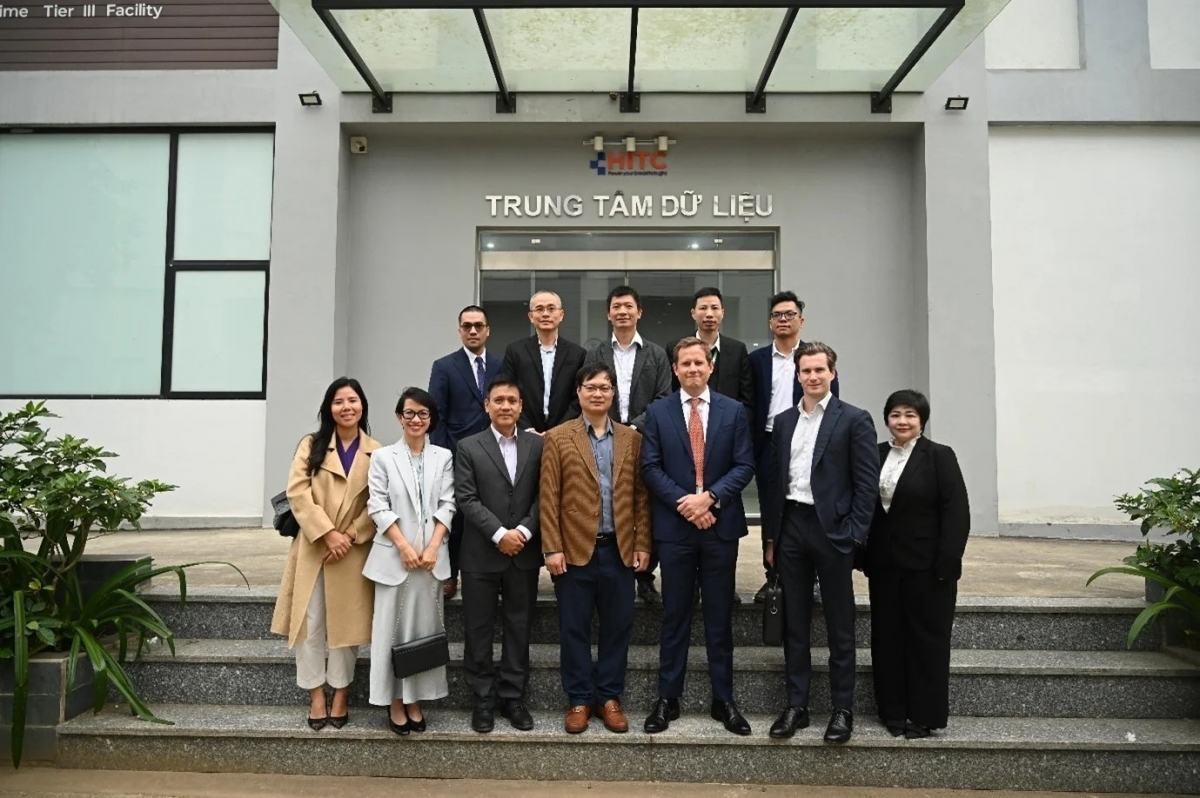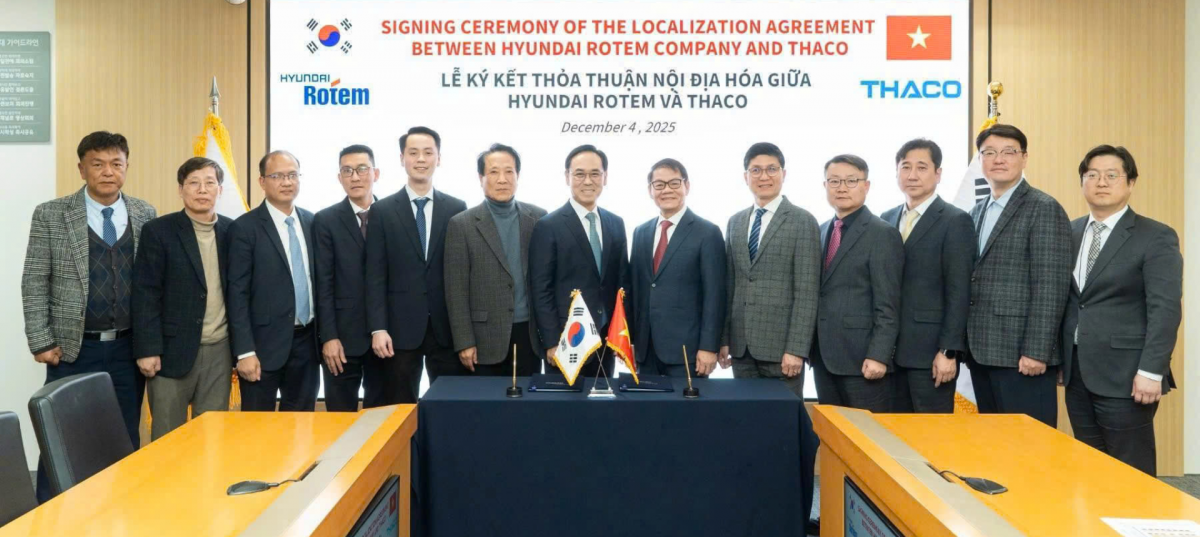INTERNATIONAL INVESTMENT
AND PORTAL
It is an exciting time for the industry, and businesses that keep pace with these changes are the ones that will thrive in the future.
 Le Khanh Lam. partner, RSM Vietnam
Le Khanh Lam. partner, RSM Vietnam
For example, the autonomous Car-as-a-Service (CaaS) market is increasing for several reasons. Technological advances have led to the development of innovative CaaS solutions, which have increased their adoption across multiple industries. The rising awareness of the advantages of CaaS is leading to a surge in demand. Government initiatives on sustainability and environmental responsibility are also contributing to market expansion.
Further investments in research and development are expected to improve product quality and performance, driving continued growth in the market. With changing consumer preferences and increasing regulatory requirements, the Autonomous CaaS market is expected to expand, creating promising opportunities.
The shift towards non-ownership models like leasing and car-sharing will require a significant strategic change for the automotive industry. It also breeds the move towards non-ownership model trends. This move offers several benefits to the users. For example, a subscription-based model provides consumers with an alternative way to access goods and services without purchasing them upfront.
It is a highly convenient option as vehicle companies now offer a service component. With concierge services, customers can enjoy an enhanced customer experience along with their monthly vehicle subscription. The concierge will take care of the problematic aspects of vehicle ownership.
Moreover, the CaaS model provides customers with flexibility. Instead of buying a car outright, users can pay a monthly fee to use it for a fixed period, allowing them to enjoy the benefits of ownership minus the associated responsibilities.
Consumers want options depending on where they are going and the occasion. This model will enable customers to choose what suits them best. It includes everything from regular maintenance to insurance, which can be conveniently included in the subscription fee.
Furthermore, users can switch between cars as often as they want without being locked into a long-term commitment. Buying a vehicle is frequently costly and requires a long-term financial commitment and specific financial stability. The CaaS model offers a low-cost entry barrier, allowing more consumers to enjoy the luxuries of mobility with the flexibility of a monthly subscription.
The current trend towards service-based models in the automobile industry could reduce individual car sales. However, this shift could also create new opportunities for revenue generation. This change may also lead to alterations in vehicle design, with a greater emphasis on durability and adaptability for multiple users. Additionally, digital technologies may become more critical, focusing on seamless access and user experience in shared mobility platforms.
Transportation strategies like shared micromobility programmes offer the opportunity to explore alternatives to private motor vehicles without committing to long-term arrangements. Micro-mobility refers to small, lightweight transportation devices that either humans or electricity can power. They have low speeds and can be shared or privately owned. These devices are perfect for short trips and can be a substitute for cars. The most common types of micromobility devices are bicycles, electric bikes, cargo bikes, and standing or seated electric scooters.
Passengers often face difficulties when it comes to first mile and last-mile transportation, as people are often not comfortable walking long distances. To address this issue, micromobility has emerged as the most convenient solution for bridging the gap between transportation needs. The rise of smart cities leading to micromobility services has increased significantly.
The Asia-Pacific region currently offers promising growth opportunities for the industry. Micromobility users with the feeling of owning their own vehicle at a much lower cost than actually owning one, which is a major driver of its demand in various regions.
Unlike drivers removed from the surrounding landscape, riders using micromobility devices are integrated into space. They are more likely to notice shopfronts, parklets, and other attractions along the way and interact with others on their routes. This creates a new perception that prompts designers, landscape architects, urban planners, and municipal officials to develop plans and initiate projects that reflect a human scale.
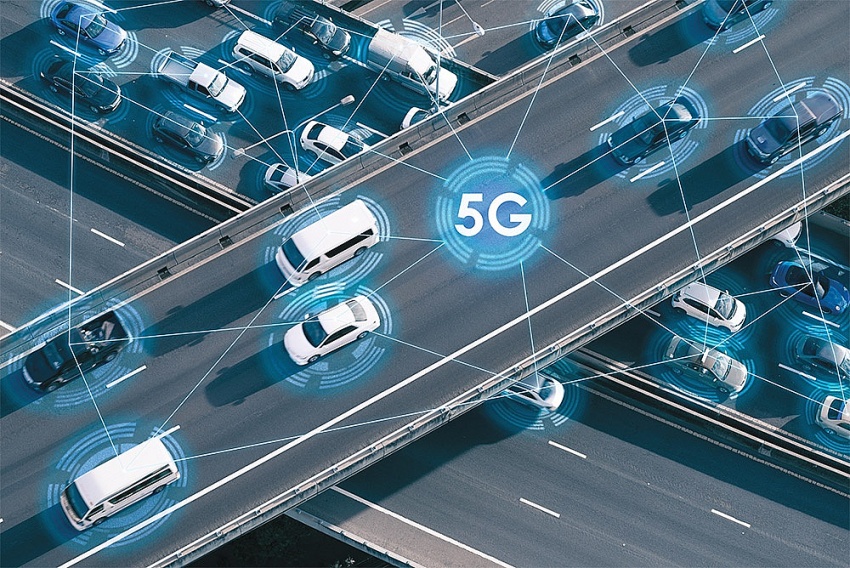 Exciting automotive industry changes must be followed, illustration photo/ Source: Shutterstock
Exciting automotive industry changes must be followed, illustration photo/ Source: Shutterstock
The automotive industry is currently experiencing a major shift towards electric vehicles. Environmental factors drive this trend, and the demand for zero-emission vehicle technology is rising. Electric and hybrid vehicles are growing rapidly, gaining momentum from their superior environmental credentials.
The technology used in batteries and charging infrastructure for such vehicles is also evolving. For instance, solid-state batteries with higher energy density, better safety, stability, and cost-effectiveness replace lithium-ion batteries with certain limitations.
The industry’s growth has usually been closely linked to tech, and emerging technologies are set to revolutionise mobility. Autonomous vehicles are becoming more common, taking the form of buses, robot-taxis, and delivery drones.
The discussion around the next generation of power is starting to take shape, with talks about renewable diesel, hydrogen fuel cells, and liquefied natural gas as alternative options. Furthermore, 5G vehicle-to-vehicle communication is being developed, which could allow cars to communicate with each other and with the road for a more data-driven experience. Additionally, the logistics industry is exploring concepts for the electrification of shipping and drone-based last-mile solutions for delivering goods.
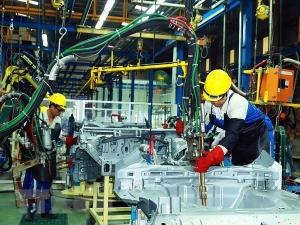 Investment opportunities for automotive component manufacturers
Investment opportunities for automotive component manufacturers
The leading 25 automotive component manufacturers from India arrive in Vietnam from August 21 to 26 to look for investment opportunities.
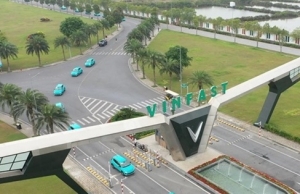 Automotive giant to lead the push for electric taxis in Vietnam
Automotive giant to lead the push for electric taxis in Vietnam
The participation of giants is leading the push for electric taxis in Vietnam which would reshape the taxi landscape towards more green transportation but the fares remain a decisive factor.


